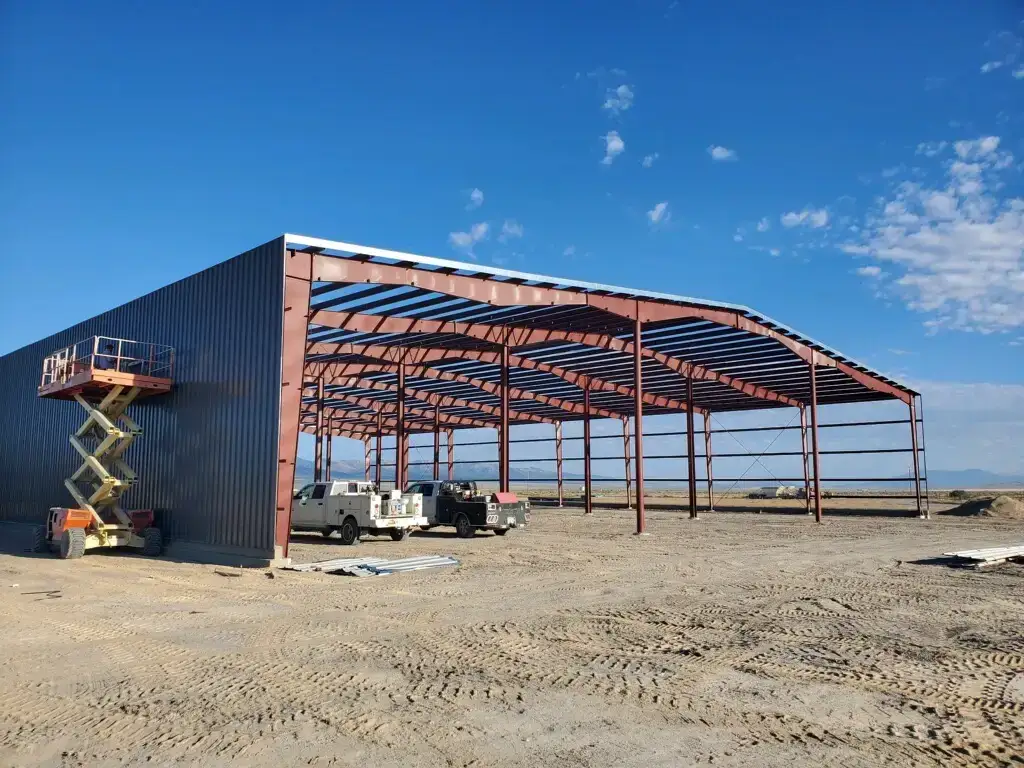What Is The Latest Technology In Prefabricated Steel Construction?

What Is The Latest Technology In Prefabricated Steel Construction?
In the evolving world of construction, prefabricated steel buildings have become a pivotal component, thanks to their strength, durability, and versatility. As the industry continues to innovate, the technologies used in prefabricated steel construction have seen significant advancements. These new technologies are not only enhancing the efficiency and sustainability of building processes but are also transforming the way we design, manufacture, and assemble these structures. In this blog, we will delve into the latest technology in prefabricated steel construction, highlighting the innovations that are setting new benchmarks in the industry.




